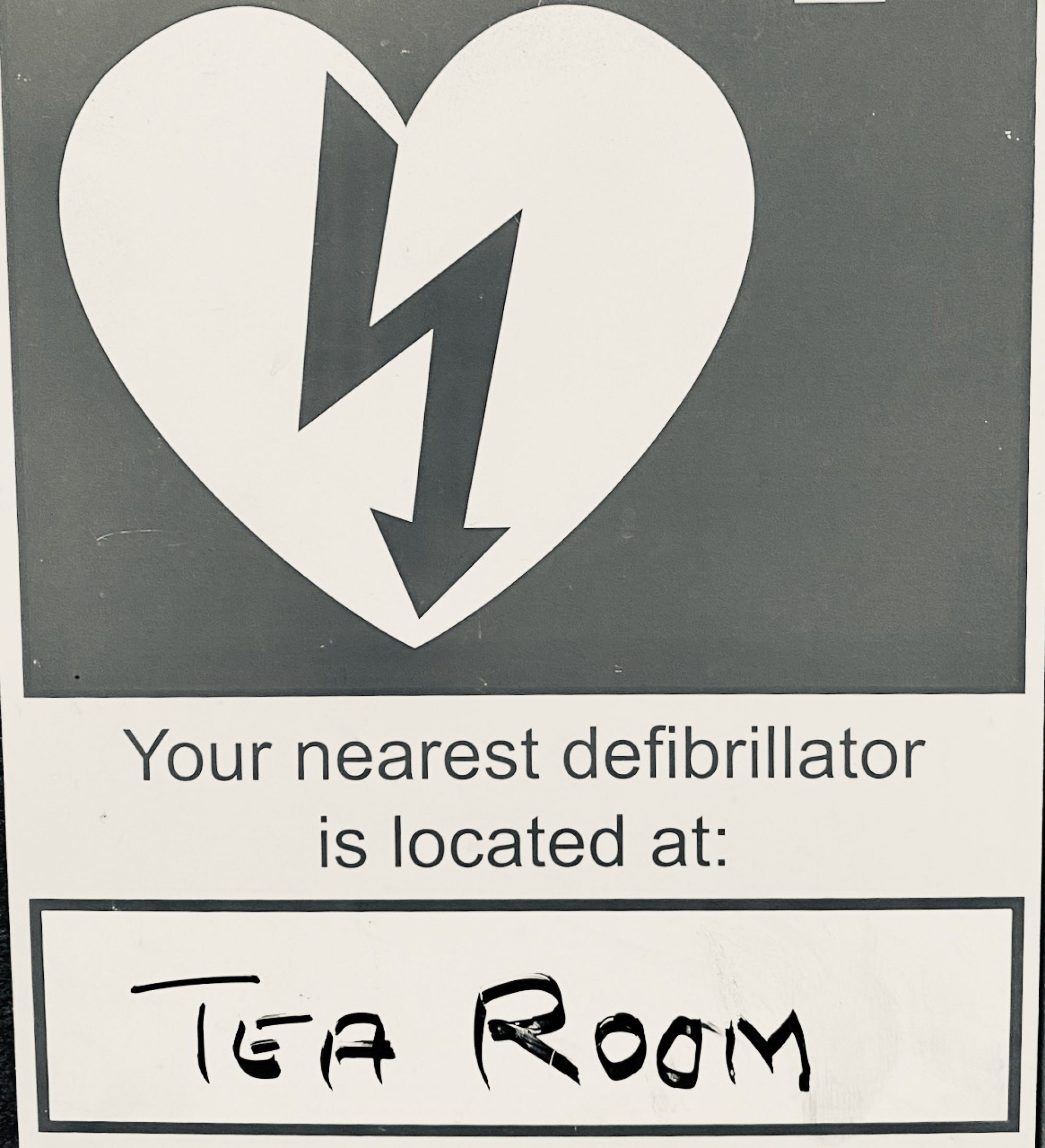So, now the short-circuit protection is tested.
I used a dual-slope VI limiter as described by Self in his book, except I simulated it in LTSpice and played with the component values to lower the power dissipation a little. Self’s original design allowed the transistors to dissipate nearly their full rated 250W, and I thought that was excessive, since it’s only possible at a case temperature of 25’C, and that will never happen in practice.
I guess his reasoning is that since the amp will only amplify AC signals, then under short-circuit conditions each transistor will conduct with a duty cycle of 50%, so the mean dissipation will only be 125W. But I can imagine situations where that wouldn’t work.I also plan to try the NJL4281/NJL4302 transistors in the future, and these have less SOA than the MJ15024/MJ15025, the devices that Self designed the circuit for.
My new values were supposed to make the circuit limit at about 125W. Anyway, so I made the circuit up and tested it with the method described on Rod Elliot’s site. Namely, I shorted the amp’s output with a 0.1 ohm resistor, and fed 100us pulses at a repetition rate of 10Hz to the input. I did this with the amp running off two regulated supplies, allowing me to vary the rail voltage and note the current for each voltage.
At first, the negative rail had no limiting at all! It started out at 12A and headed skyward from there. It turned out that I put a diode in backwards, and also the gain of the PNP limiter transistor was low, and the VAS current limit was a little high. Once I got that fixed, I plotted out the two sets of results in Excel, and added loadlines for reactive and resistive loads on 40V rails.
So you can see that with one pair of output transistors installed, we can just barely drive a 4 ohm resistive load or an 8 ohm reactive one. To drive a 4 ohm reactive load, we’d need two pairs, which is what I was expecting, and two pairs is what I plan to fit.
Finally as a sanity check I rigged up a reactive load: A big iron cored choke wound with about 80 turns of heavy wire. I put two 4.7 ohm resistors in series with it, and it could drive that easily at any frequency. Go down to one 4.7 ohm resistor, and I found a frequency where the limiter would activate and cause crazy clipping, like in Rod Elliot’s Figure 4 linked above. Again this agrees with what I expected, so we’re good to continue!
Note that before trying this test, I added the catch diodes from the speaker output back to the rails. Otherwise the output devices would be destroyed when the limiter kicked in.


Cool !!
Congratulations on doing your homework so often.